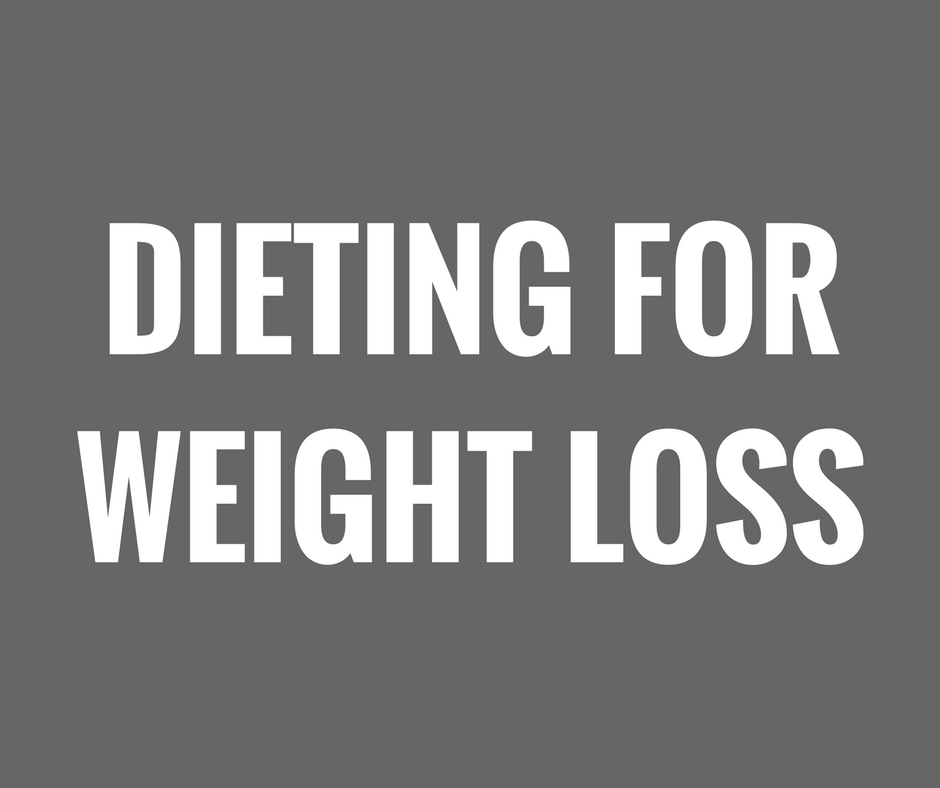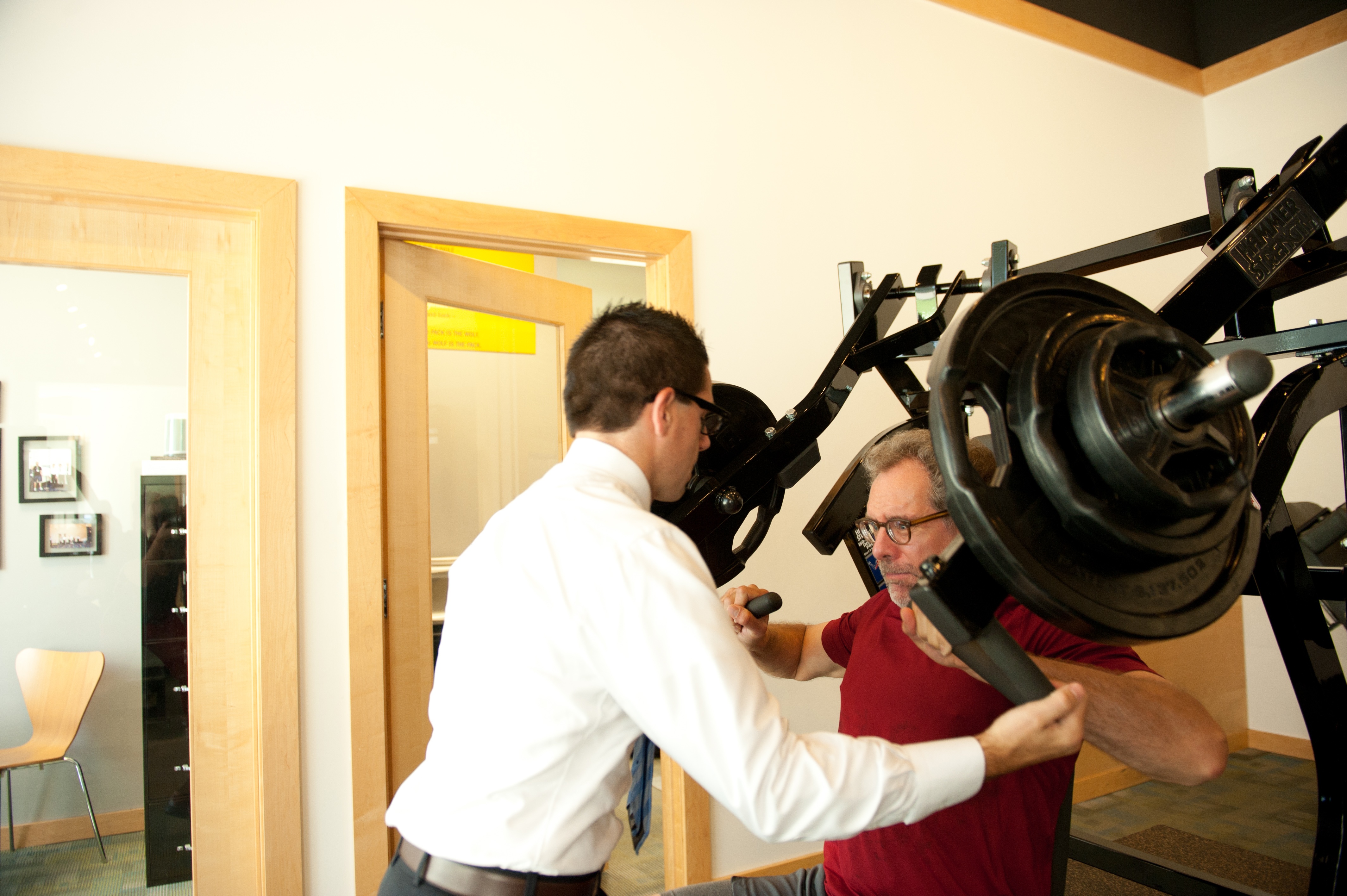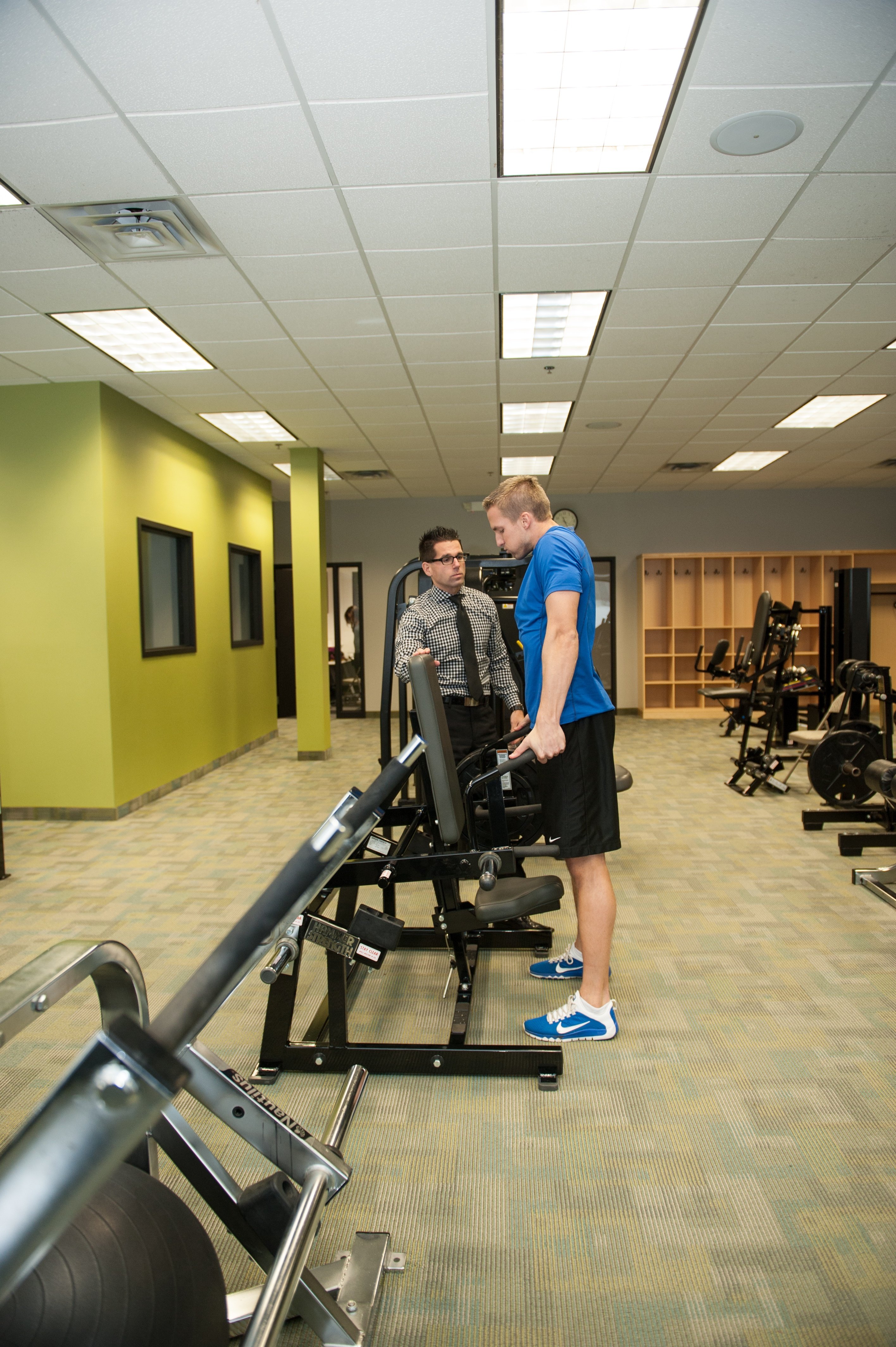The Most Up to Date, Evidence Based Advice on Nutrition for Adding Muscle and Losing Fat
A brand-new position stand was recently published by the International Society of Sports Nutrition (ISSN) titled: "ISSN Position Stand: Diets and Body Composition. The paper serves as a review of the current literature on how various diets and nutrition strategies impact body composition. The paper effectively cuts through the nutrition folklore that so many fitness enthusiasts are immersed in. Here are two of the major takeaways that we can take action on:
- Fat loss is achieved by creating a caloric deficit. The macronutrient (protein, fat, or carbohydrates) content of the food we eat is not the key for fat loss; how many calories we eat is the key. All different "diets" can result in improved body composition including Paleo, ketogenic, Atkins, Zone, Ornish, intermittent fasting and a host of other nutrition approaches. But make no mistake, the only reason these nutrition strategies result in weight loss is because calories have been reduced. Specifically, the authors are clear that reducing carbohydrate in our diet has never been shown to contribute to fat loss (when total calories are controlled). We need not be afraid of carbs; we should be afraid of an excess of calories.
- To maximize lean muscle tissue and body composition, the authors recommend increasing protein intake from the current RDA of 0.8 grams per kilogram of body weight to 1.6 grams per kilogram of bodyweight. However, there is no apparent muscle or strength building advantage to consuming more than 1.6 grams per kilogram of body weight. What does this look like for a normal person looking to maximize strength and body composition? If I weigh 160 pounds (72 kilograms), this means I would need 115 grams of protein per day to maximize muscle tissue and strength. This is about 0.7 grams of protein per pound of bodyweight. I don't need to consume this exact amount each day. Rather, I can aim for between 0.5 and 1.0 grams per day and average out around 0.7 grams per pound over the course of a week. For many people, this represents a significant increase in protein consumption. For others, this may actually encourage a reduction in protein intake. Many strength training enthusiasts have mistakenly touted more and more protein as the key to maximizing strength and muscle size but the research clearly does not support this.
New Study: Traditional Heavy Sets, Traditional Light Sets, and Break-down Sets
A brand-new pilot study conducted by Jeremey Loenneke of the University of Mississippi along with a team of Japanese scientists sought to deepen our understanding of a protocol that we at Discover Strength have employed for the better part of 8 years: The "30-rep breakdown set." To be sure, Loenneke and colleagues had no idea we utilized such a protocol.
The focus of their investigation was to determine what produced better results in terms of enhancing muscle strength, muscle endurance, and muscle size:
- (1) 3 sets of "heavy," traditional sets,
- (2) 3 sets of "light" sets or
- (3) a relatively heavy weight performed to muscle failure followed by a "breakdown set" - immediately decreasing the weight at the point of muscle failure and then continuing with the lighter weight until failure (and then repeating this process).
Loenneke's subjects continued to reduce the weight until they were using 50% less weight than what they started with. Coincidentally, the average number of reps performed was 31; ironically similar to our "30-rep breakdown." The results?
Performing the breakdown sets simultaneously improved muscle strength, muscle endurance, and muscle size; and in a fraction of the training time of performing traditional multiple sets.
This study is garnering interest from the strength and fitness world as so many practitioners and trainees alike dogmatically subscribe to the multiple set paradigm. Keep this study in mind the next time you find yourself in the thick of a 30-rep breakdown on Leg Press or Chest Press!
I’m Going to Go “Lower Some Weights”
The traditional vernacular sounds something like this, “I’m going to go lift weights.” Authors of a research study published in the European Journal of Applied Physiology suggest that this statement might not be worded as accurately as it could be. In the aforementioned study, German researchers sought to determine the effects of emphasizing the muscle contractions that are involved with lowering the weight (known as eccentric contractions) rather than the muscle contraction involved when we lift the weight (concentric contraction). Researchers concluded that emphasizing the eccentric muscle contraction, the contraction that involves lowering the weight, resulted in adaptations “in direction of a faster, stronger muscle.” Of interest in this particular study was that all of the subjects were very experienced with strength training and that the new emphasis on eccentric contractions producing marked improvements in a myriad of measures. Specifically, the authors suggest that this type of training favorably impacted what they termed “explosive strength” often used in competitive sports. Of course, this expression of strength is not subject solely to sports. Our “explosive strength” diminishes as we age and lose “fast-twitch” muscle fiber capabilities.
The Best Workouts I’ve Ever Had Shared these Common Factors
With our “Train Like Your Trainer” program starting next week, I’ve been reflecting on my personal workouts over the last 16 years and I’ve started to think about the common factors among the best workouts I’ve ever been through. By “best” I mean those workouts that stand apart from the rest in terms of intensity, challenge, focus, and fatigue. The list below sheds light on the commonalities in most of the best workouts I have ever experienced. Collectively, they serve as a guideline for productive training not only for me, but also for almost anyone interested in engaging in intense, evidence-based resistance exercise. Of course, this is not an all-encompassing list of evidence-based exercise tenets, but guidelines to maximize one’s individual workouts.
Classic Movie Scene and How Learning to Surf is Like Strength Training
In one of my all time favorite scenes from one of the modern classic rom-coms, “Forgetting Sarah Marshall,” Paul Rudd’s character attempts to teach the heartbroken Peter (played by Jason Segal) how to surf. You can watch this 1:30 scene here:
Research on Strength Training in Endurance Running and Cycling
A review article published in the Scandinavian Journal of Medicine and Science in Sports provided the most up to date summary on the impact of strength training on endurance running and cycling. This article was a review of the current research, not an individual study. The aim of a review article is to synthesize the published work on a particular topic and to draw conclusions from that body of work.
Sometimes Old School is the Right School
The American College of Sports Medicine (ACSM) sent out an email survey to its members and certified professionals asking them what the new trends in the fitness industry are for 2013-2014. A few of our staff chuckled as we clicked through question after question about the latest and greatest fitness fads. It left me thinking, “Who cares if this stuff is “new” or hot… shouldn’t we be more concerned with whether or not it PRODUCES RESULTS?” The fitness industry (including everything ranging from health clubs, personal trainers, infomercial gadgets, and fitness/wellness magazines) is as guilty as any industry of hyping what’s new. I’m all for continual improvement and innovation, but new doesn’t mean better… it means, “new.” This line of thinking led to the development of our new “Group” workout card at Discover Strength. We named the workout card “Legends” because the three workouts come from three mentors of mine that are truly “legends” in the field of strength training and fitness. Each workout finds it’s origin in a different decade; one from the 70’s, one the 80’s, and one the 90’s.
First, Do No Harm
The Hippocratic Oath is credited to the ancient Greek physician and philosopher, Hippocrates. Taken by physicians and healthcare professionals, the most well known tenet is translated as “First, do no harm.” This is a fantastic starting point when considering an exercise program. I had the fortune of being taught this lesson by a mentor and leader in the field of exercise science and strength and conditioning, Mark Asanovich. Mark was the long time strength and conditioning coach for the Tampa Bay Buccaneers under head coach Tony Dungy and went on to spend a number of seasons as the strength and conditioning coach for the Jacksonville Jaguars (Mark had coaching stints with the Vikings, Bucs, Ravens, and Jaguars). Mark was presenting at a strength and conditioning conference in Ohio in 2002. His presentation was confrontational and not well received by the audience (if I recall, one attendee wanted to fist-fight with him following the presentation). Why? Because Mark questioned the popular practices and trends (Olympic weightlifting, fast speeds of movement, plyometric training) in strength training and called them out as… “Dangerous.” His message was simple. Our (the strength and fitness professional) role as an allied health professional is to “first, do no harm.” Our first priority in an exercise program should be safety. This really shouldn’t be a controversial topic. After all, by definition, exercise should improve physical function (not decrease it). Arthur Jones put it succinctly: “Exercise should help to avoid injury...not cause injury.” If it doesn’t improve our function and in fact has a negative impact on our health or function, it really isn’t exercise (it is probably better classified as sport or physical activity… very different than exercise). Mark was very clear, if an exercise carries with it a potential for acute or chronic injury, it shouldn’t be performed. This message resonated with me in 2002. Today, Mark’s message is more important (and less accepted) than ever. A review of current exercise practices, trends, classes, and methodologies reveals that the vast majority of what passes as exercise (particular resistance exercise) is in fact, about as dangerous as it gets.
Ask Yourself This Question: What is My Objective?
I will argue that most exercisers, even the most dedicated and hardworking fitness enthusiasts fail to ask a simple question before they commence an exercise program, an individual exercise, or a general mode of exercise. That question is this: What is my objective? The answer to this question delineates what type of exercise to perform and HOW to perform it. Everything starts with this question. The reality is most people exercise because they simply understand that exercise is good for them… but they fail to dig a little bit deeper. Answers to “What is my objective?” might include: prevent injury; increase lean muscle tissue; increase bone mineral density; reduce body fat; improve running speed; etc. Whatever the answer, exercise should be performed in accordance with that stated objective. And here is the key: Your objective shouldn’t be to get better at exercise. Stated otherwise, your objective shouldn’t be to raise a weight from point A to point B. We don’t receive credit for how much weight we lift, how many times we lift it, or how many times our chin elevates above the pull-up bar. Exercise is a means to an end, not an end in itself. Some critical examination and contemplation of this question will change the way you exercise forever (and dramatically improve your results).
Strength-Training for Women: An Interesting Myth
Most of the classic myths pertaining to strength training for females are slowly waning. These myths include, “Strength-training will make women bulky,” and “Women should strength-train with lighter weights and do more repetitions to become toned.” Decades of research have combated, albeit not completely eradicated, these myths.







Leave a Reply
Your email address will not be published.